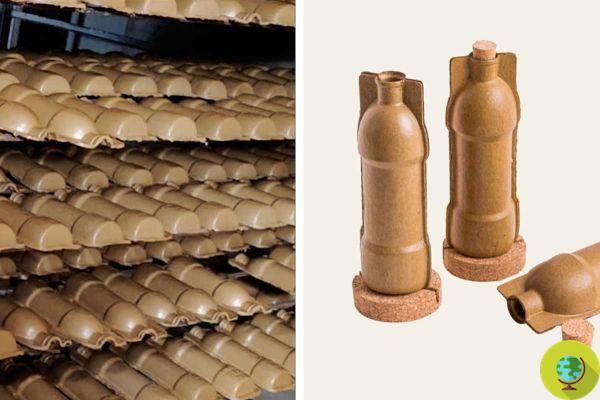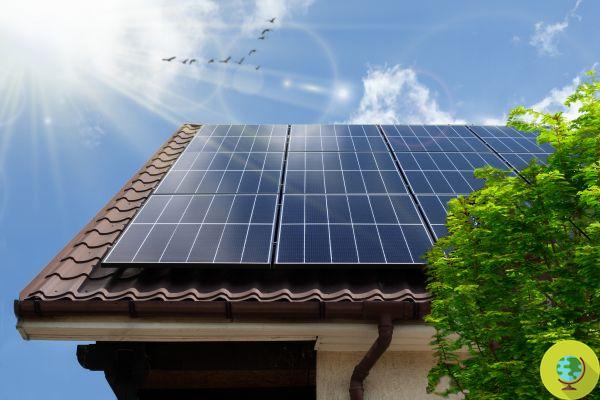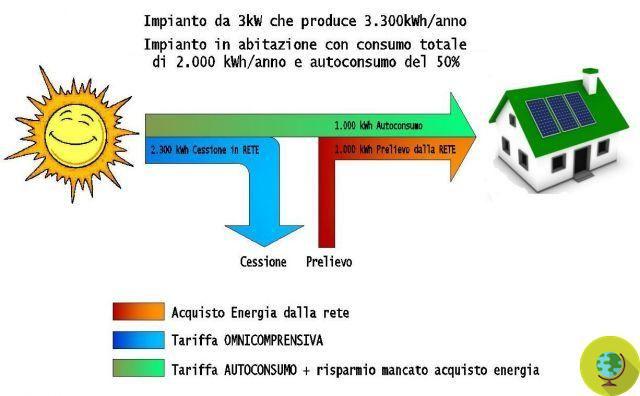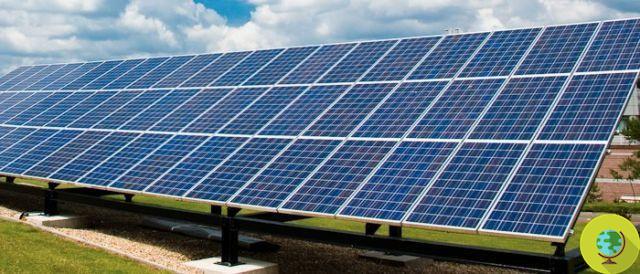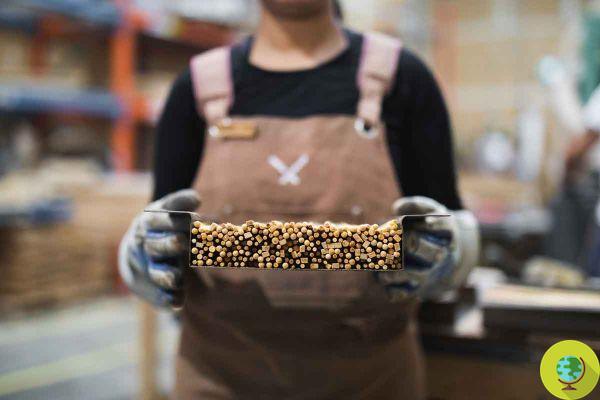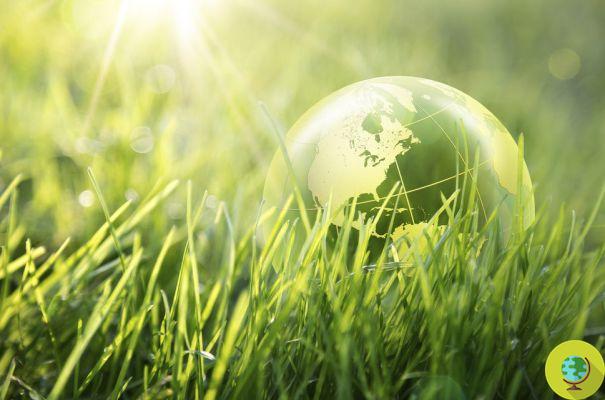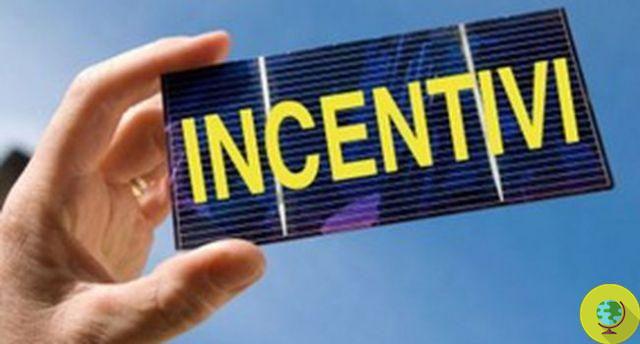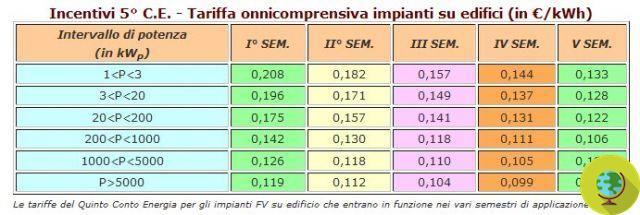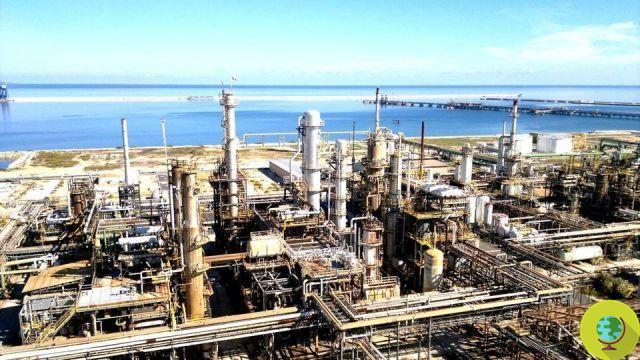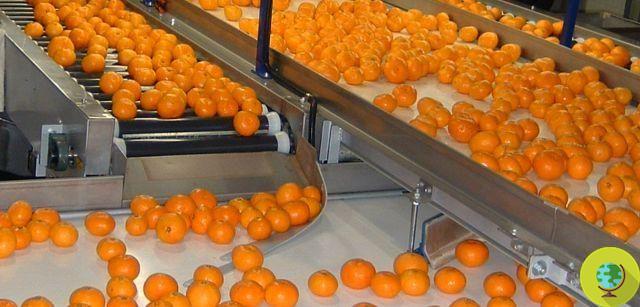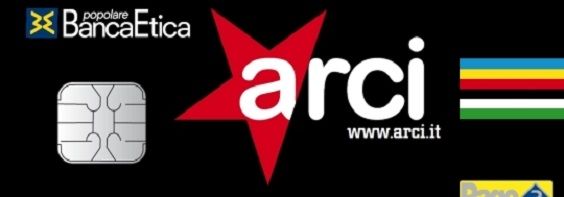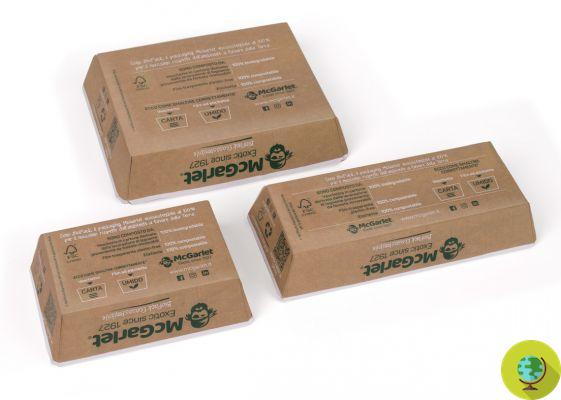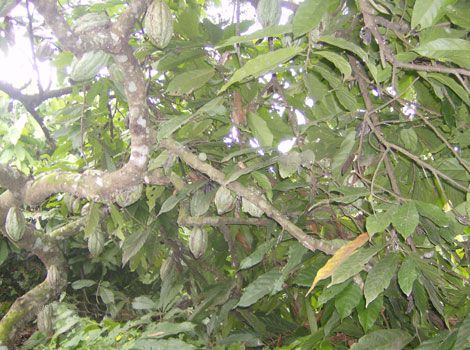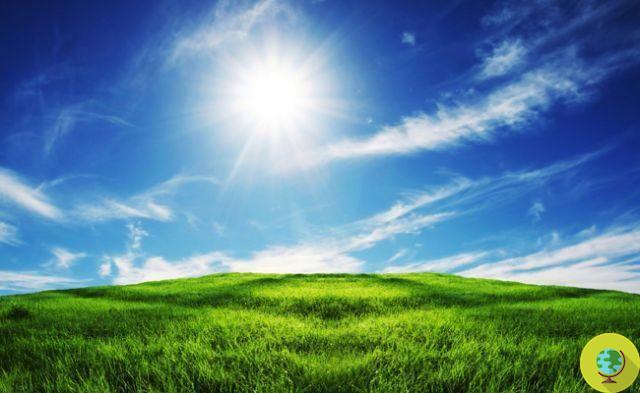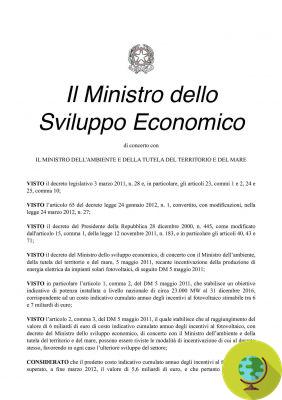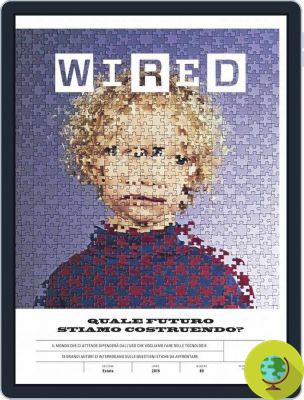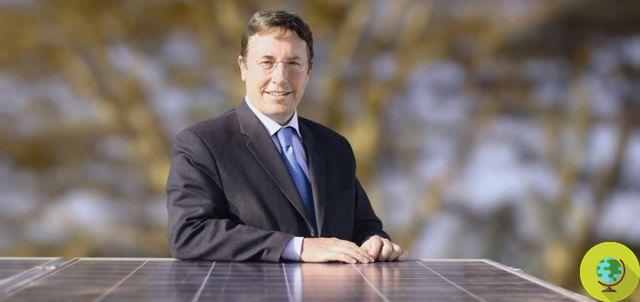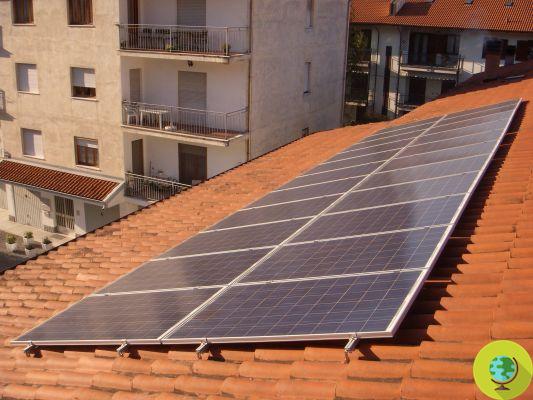Last March Lego announced that it was officially a 100% renewable group. To celebrate this milestone - reached 3 years earlier than expected - he had built a mega wind turbine of bricks. But those bricks are still plastic and this is a paradox with respect to the company's green commitments, which is why it is working to obtain a biomaterial capable of withstanding generations of Lego-addicted.
He is about to end up run over, his mother saves him
Lego is aiming more and more towards environmental sustainability and after having managed to 100% power its factories with renewable energy 3 years before the set limit, it now aims to produce its bricks with a particular resistant and non-polluting bioplastic.
In May Lego had announced that he was officially a 100% renewable Group. To celebrate this milestone - reached 3 years earlier than expected - he had built a mega wind turbine of bricks. But those bricks are plastic anyway and this is a paradox with respect to the company's green commitments, that's why is working to obtain a biomaterial biodegradable, non-polluting, but capable of withstanding years and years of use by Lego-addicted.
Index
100% renewable Lego and a giant brick turbine
In March, the Lego Group achieved one of its most coveted goals: to become 100% renewable. To celebrate he built one record wind turbine, the largest in the world made entirely of bricks. It took a while 146 thousand and the turbine is a tribute to the 200-meter turbines of the Burbo Bank Extension wind farm, another world record, located near Liverpool and represents one of Lego's investments in clean energy.
Is it enough to invest to be 100% renewable?
Since Burbo Bank started producing electricity in May, the total clean energy from Lego investments has seen a significant surge, enough to supply production centers, offices and stores around the world. There are many companies that hit the 100% renewable goal in this way: by investing in plants for the production of energy from clean sources and lowering their impact in terms of CO2 production. But, as science shows, it's not enough to save the planet at all. The crucial point is that, in addition to the objectives achieved "on paper", by offsetting the emissions produced with green investments, we need to reduce emissions and act on several fronts. And Lego is trying.
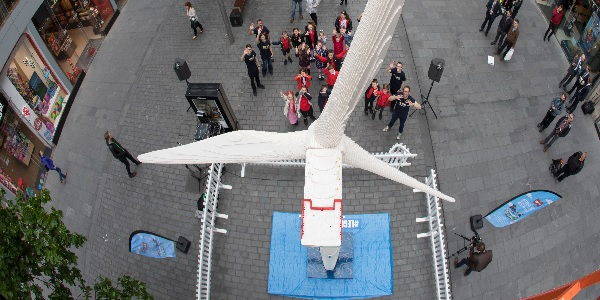
The Lego promise: goodbye plastic, goodbye emissions
Lego has already set another goal: replace the 20 types of traditional plastic used in the production of its bricks with sustainable materials by 2030. All this precisely for reduce CO2 emissions. The Group has invested 155 million dollars in a Sustainable Materials Center, where a team is already at work looking for alternatives to plastic derived from fossils. Lego attributes only 10% of the emissions produced along the life cycle of the bricks to factors related to the factories, offices and shops: 90% is the result of elements that are not directly controllable, from transport to distribution, and use. of plastic.
One solution is the bioplastic, resulting from the transformation of vegetables, but it is only 1% of the plastic produced in the world at the moment, although there is a constant growth.
The green battles of Lego and with Lego:
- Lego creates the first little man in a wheelchair (#toylikeme)
- #savethearctic: Lego closes with Shell, the end of the love story?
- Lego bombing: street art of denunciation with Lego bricks
The advantages of bioplastic
First, using sustainable plastics makes companies better in the eyes of the consumer. Not surprisingly, there are examples such as that of Coca Cola, which tries to gain support (in fact it was immediately accused of greenwashing) even with moves like that of distributing 35 billion bottles made with plant substances in 40 countries, saving 315 thousand tons of CO2 according to estimates.
In the case of Lego, the goal is identify a new type of plastic that can last a long time and can meet safety and quality standards set by the company. Every potentially usable plastic is tested in terms of strength, ability to keep shape and so on, considering that Lego not only produces bricks but also many other variants.
Anna Tita Gallo




